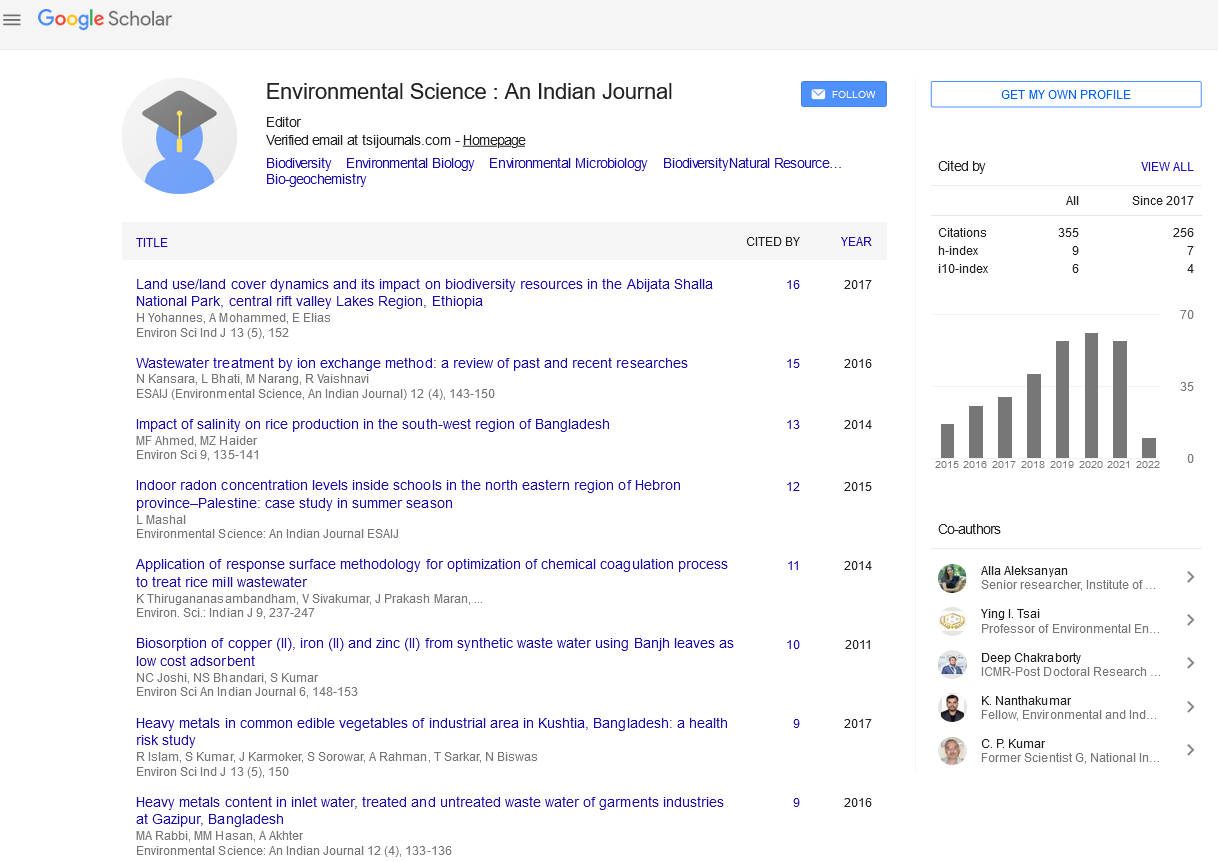Abstract
The study of lead adsorption from aqueous solution by carbon nanotubes (CNTs): Adsorption equilibrium and kinetics
Author(s): Ataallah Soltani Goharrizi, Meysam Rahbari, Masoud TorkzadehAdsorption is a method for removing heavy metals from wastewater. The adsorption of lead from aqueous solution on multiwall carbon nanotubes (CNTs) has been investigated using a series of batch adsorption methods. In this work, adsorption rate was studied experimentally at various temperatures (283,298 and 303K), contact time, initial pH and initial lead concentration. It was observed that the lead adsorption rates increased dramatically in the initial times of experiment and reached equilibriumafter 6 hrs. The optimum pH was six. Adsorption isotherm, the experimental data have been analyzed by four two-parameter isotherms (Langmuir, Frendhich, Temkin and Dubinin-Radushkevich) and four three-parameter isotherms (Redhich-Peterson, Sips, Toth and Khan). The data was fitted by linear and non-linear regression and three error functions were used to evaluate the goodness of the fitting. Four kinds of kinetic models were used to test the experimental data, whichwere intraparticular diffusion, Lagergren-first-order, second-order and the Elovich equation. The results showed that the second-order kinetic model was the best model. Thermodynamic parameters (DGp, DHp, and DSp) were determined in the temperature range of 283 to 308 K. These parameters showed that the adsorption of Pb (II) onto CNTs was a spontaneous and endothermic process.

